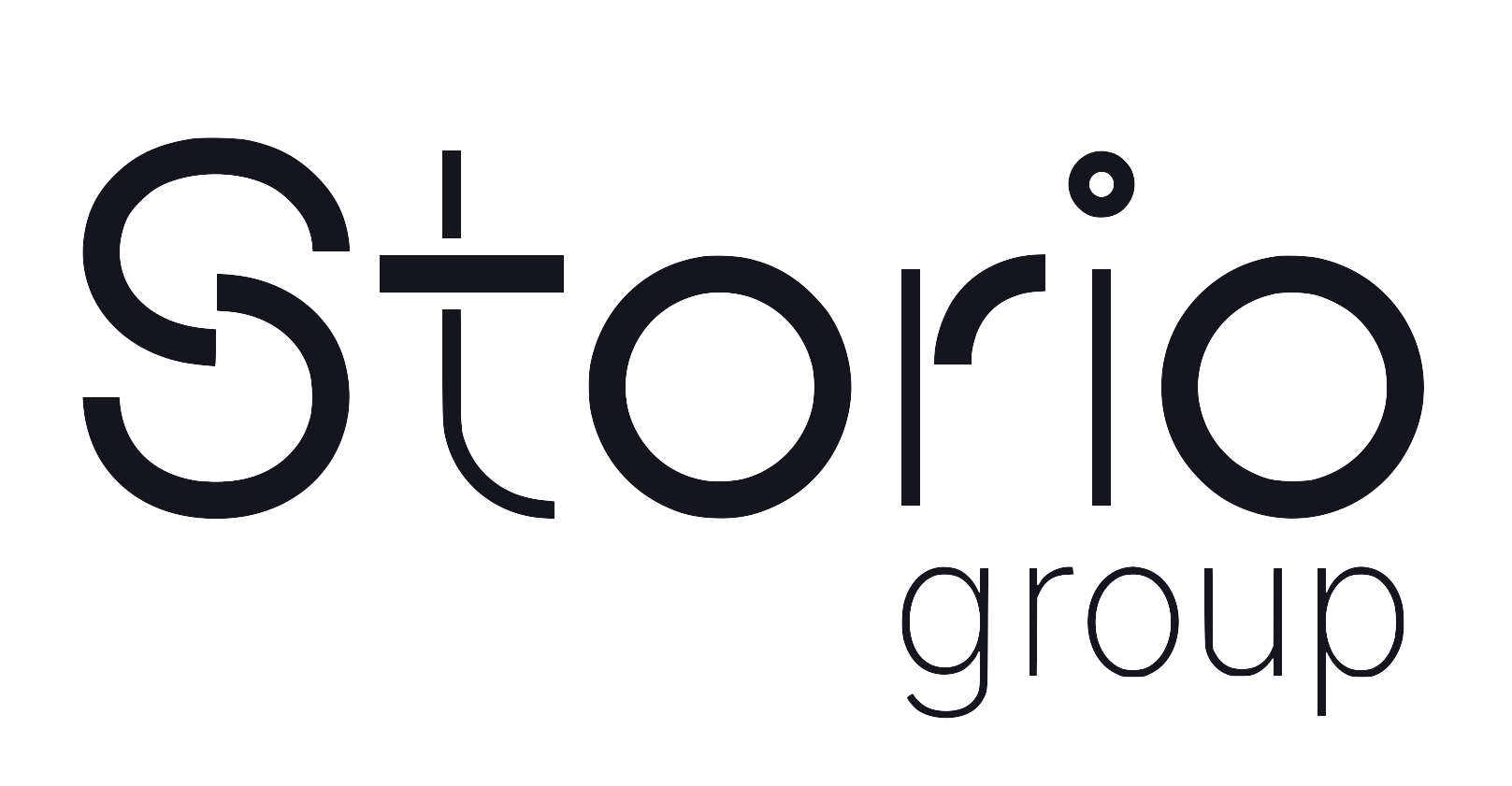How to hold effective engineering meetings
As discussed in the Asynchronous communication guidelines it can be preferable to plan a synchronous meeting. In this document are guidelines to make meetings successful and productive.
Prepare your meeting
A meeting is often used for (technical) discussion, and a good preparation is key to hosting a productive discussion. For some meetings it is better not to use PowerPoint presentations, but a well prepared and narratively structured memo instead, which can be read before or at the start of a meeting. Our brains process good storytelling much better than hard data. Such narrative memos give authors the chance to fully communicate the thoughts behind their ideas, and give meeting participants the chance to better understand full concepts.
Set a clear goal and scope
Having clear goals in a meeting prevents frustration and derailment. Some examples of meeting goals are:
- Decide whether we will use Lambda or ECS for our new application
- Gather suggestions for next quarters roadmap
- Divide roles/split up work for a new project (Assuming the requirements are clear!) Depending on the goal, choose a reasonable amount of time. If the goal can not be met within the allocated time, reflect on why it was not possible before planning a follow-up meeting: Perhaps more research is needed, or key people were not present.
Invite the right people
Crowded meetings are tough to keep on track: Discussions can be hard to follow, and reaching consensus is harder with many people present. As a rule of thumb, eight people is the maximum. If you find that your meetings frequently go over this maximum, consider delegating, appointing experts or rotating participants.
The flip side is of course that a meeting can ineffective if key stakeholders are missing. Try to identify whether the right people are present: People who have the authority to take the decision that is the subject of the meeting, domain experts and people heavily impacted by the outcome of the meeting.
Use the right tools
Especially with videoconferencing, meetings can become static and passive if they run long. Using interactive tools can help interactivity, with the additional benefit that they also tend to save the results for note keeping purposes. Examples of such tools are Miro, Mentimeter or Zoom’s built-in whiteboard.
Keep a record
At the very least, a record should be kept about when a meeting took place, what was decided and the most important arguments for the decision. When the meetings have large impact it becomes more important to have good minutes. Making good minutes is not easy, so take the following into account when minutes need to be made:
- The person hosting the meeting should never be taking the minutes, as it is too distracting. Ideally a passive participant takes the minutes.
- Allow participants to review the minutes afterwards, so they can correct or clarify things before they are archived.
- Good minutes are not a transcription, but a brief overview of what was discussed.
- If taking minutes is a regular occurrence, rotate the minute taking to keep it fair. If not taking minutes, consider recording meetings if the subject is not sensitive. This is especially easy for zoom meetings.
Miscellaneous tips
- Space out meetings: Start them at odd times (five minutes past the hour), avoid being close to the end of the day. Try not to cause back-to-back meetings for participants
- For longer meetings: Allow for a coffee/biological break
- For small meetings, consider doing them standing up or walking. Physical activity stimulates creative thinking.
- Get rid of distractions: Make sure all equipment and apps are working beforehand.
